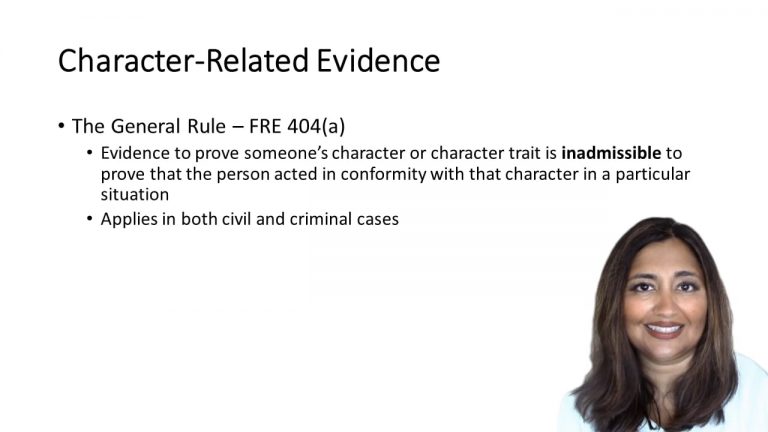SmartBrief
Confirm favorite deletion?
Evidence Keyed to Park
Gagne v. Booker
Citation:
680 F.3d 493Facts
In July 2000, Lewis Gagne and his friend Donald Swathwood had decided to move from Michigan to California. Gagne was unemployed and his turbulent six-month relationship with his former-girlfriend, P.C., had ended three weeks earlier. On July 3, 2000, Gagne, Swathwood, and another friend, Stout, were out for a good time. When their car ran out of gas, they walked to P.C.‘s house and found her there drinking. Upon their return, P.C. began to have sex with Gagne, whereupon Swathwood joined in. P.C. engaged in fellatio, vaginal intercourse, and anal intercourse with both men. She also engaged in fellatio with Stout briefly. Later that afternoon, P.C. called the police and accused Gagne and Swathwood of rape. The State charged Gagne and Swathwood with three counts of first-degree criminal sexual misconduct. Stout was not charged. The judge did not allow evidence that, on another occasion in June 2000, P.C. and Gagne had engaged in group sex with another man, because these incidents involved a person not involved in the incident being charged.
Only StudyBuddy Pro offers the complete Case Brief Anatomy*
Access the most important case brief elements for optimal case understanding.
*Case Brief Anatomy includes: Brief Prologue, Complete Case Brief, Brief Epilogue
- The Brief Prologue provides necessary case brief introductory information and includes:
Topic:
Identifies the topic of law and where this case fits within your course outline.Parties:
Identifies the cast of characters involved in the case.Procedural Posture & History:
Shares the case history with how lower courts have ruled on the matter.Case Key Terms, Acts, Doctrines, etc.:
A case specific Legal Term Dictionary.Case Doctrines, Acts, Statutes, Amendments and Treatises:
Identifies and Defines Legal Authority used in this case.
- The Case Brief is the complete case summarized and authored in the traditional Law School I.R.A.C. format. The Pro case brief includes:
Brief Facts:
A Synopsis of the Facts of the case.Rule of Law:
Identifies the Legal Principle the Court used in deciding the case.Facts:
What are the factual circumstances that gave rise to the civil or criminal case? What is the relationship of the Parties that are involved in the case.Issue(s):
Lists the Questions of Law that are raised by the Facts of the case.Holding:
Shares the Court's answer to the legal questions raised in the issue.Concurring / Dissenting Opinions:
Includes valuable concurring or dissenting opinions and their key points.Reasoning and Analysis:
Identifies the chain of argument(s) which led the judges to rule as they did.
- The Brief Prologue closes the case brief with important forward-looking discussion and includes:
Policy:
Identifies the Policy if any that has been established by the case.Court Direction:
Shares where the Court went from here for this case.
Topic Resources
Topic Outline
Topic Refresher Course
Topic Charts & Notes

 10m 27s
10m 27s